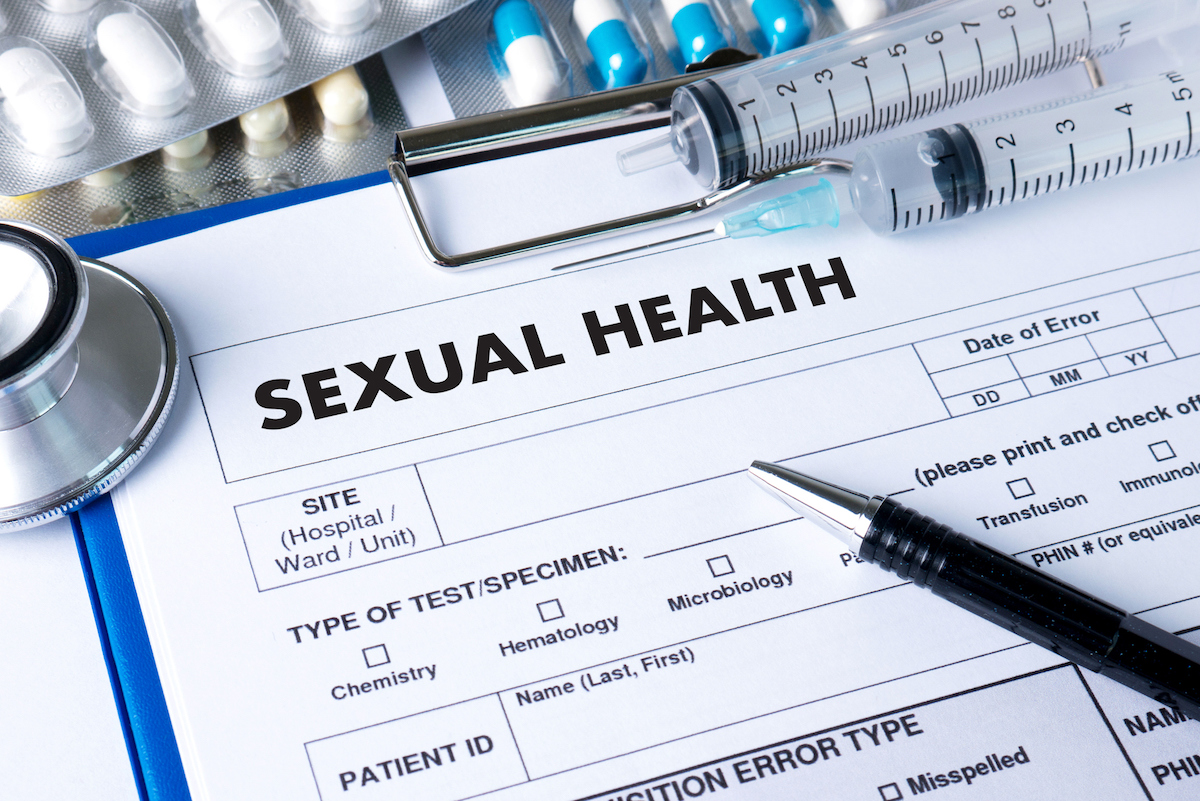April is STD Awareness Month. Do you know the best way to battle your fears? With knowledge.
The saying “Knowledge is Power” is actually very true. STDs are no different. The more you know about how to protect yourself from getting STDs, the more powerful and less fearful you become.
You have the power. And you can do it!
The Lowdown on Sexually Transmitted Diseases (STDs)
Some facts on STDs:
- Anyone sexually active can get an STD.
- STDs affect people of all ages, backgrounds and from all walks of life.
- There are about 20 million new STD cases each year in the United States.
- Almost half of these infections happen in people between the ages of 15 to 24.
- About 1 in 4 college students has an STD.
- Most people who have an STD don’t have any symptoms.
- If you are sexually active the only way to be sure you don’t have an STD is to get tested regularly.
The Good News
- STDs are preventable!
- Many STDs are curable and ALL STDs (including HIV) are treatable or managed.
- If you are sexually active, or thinking of becoming sexually active, you can take steps to help protect your health and the health of your partner(s).
How Can I Lower My Risk of Getting an STD?
Practice Abstinence
The most reliable way to avoid STDs is to not have vaginal, anal or oral sex.
Mutual Monogamy
- If you choose to have sex, agree to only have sex with one person who agrees to only have sex with you.
- Make sure you both get tested to know for sure that neither of you has an STD.
Talk With Your Partner
- Talk with your sex partner(s) about STDs and staying safe before having sex.
- Share when you were last tested and suggest getting tested together.
- And if you have an STD, tell your partner(s).
- These conversations may seem a little uncomfortable at first, but open communication with your partner is so important to staying healthy and stopping the spread of STDs.
Use Condoms
- Using a latex condom correctly every time you have sex from start to finish can help you avoid STDs.
- It’s important to use a condom even if you are taking birth control because although the pill, patch, ring, and IUD are very effective at preventing pregnancy, they don’t protect against getting an STD.
- And remember that although condoms can decrease the risk of infection for all STDs, they are not perfect.
- For example, there are some infections such as herpes or HPV (genital warts) that you might still get from contact with your partner’s skin even when using a condom unless you use a female condom.
Get Vaccinated
- Vaccinations can help prevent infections such as HPV and Hepatitis B, and also limit the spread of these STDs to sexual partners.
- The HPV vaccine is safe, effective and can help you avoid HPV related health problems like genital warts and some cancers.
- The vaccine is available to everyone through age 26 years if not vaccinated already.
Get Tested
- Get tested! It’s the only way to know for sure if you have an STD.
- Many STDs don’t cause symptoms so you could have one and not even know it!
- If you’re having sex, getting tested is one of the most important things you can do to protect your health and the health of your partner(s).
Get Treated
- If you test positive for an STD – Get Treated!
- Some STDs can be cured with the right medication, and all STDs are treatable.
Get Re-Tested
- It’s common to get some STDs more than once, especially chlamydia and gonorrhea.
- You should be retested in 3 months even if you and your partner took medication.
Having sex is a choice that only you can make. So is staying healthy. Remember to protect yourself!


